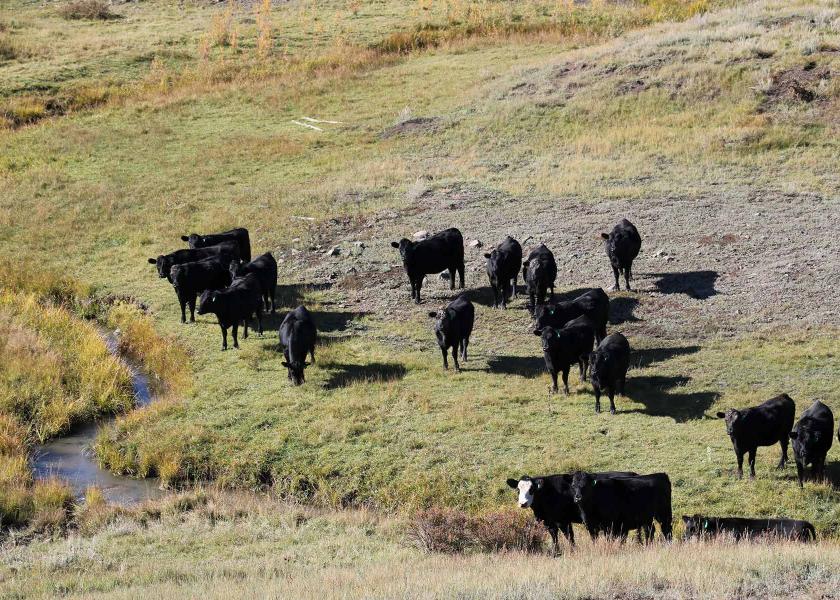Begin Planning Drought Management Strategies

With the low amounts of moisture that Kansas has received over the fall and winter, the experts at Kansas State University’s Beef Cattle Institute said now is the time to think about management strategies for a drought on a recent Cattle Chat podcast discussion.
“We’ve had a really dry fall and winter, so some folks are getting concerned about drought and making a plan for how to deal with it,” said Brad White, veterinarian.
Nutritionist Phillip Lancaster advised producers to evaluate their feed resources by looking at what they have on hand as well as the forages they will have access to.
“You might want to consider planting drought-tolerant crops that can be used for grazing or look for alternative pastures before other people try to secure them,” Lancaster said.
Agricultural economist Dustin Pendell said as producers evaluate the pastures, they must also consider the costs associated with water and fencing when grazing cropland or using alternate pastures.
Along with the feed concerns, veterinarian Brian Lubbers advised producers to look at ways to decrease grazing pressure by culling open cows or even managing them in a dry lot.
“Think about making those culling decisions earlier as well as managing the feed differently by putting the cattle in a dry lot as a last option,” Lubbers said. “From a biosecurity standpoint, it is better to maintain those cattle in a dry lot on the same operation rather than outsourcing them to another herd.” Lubbers also suggested
Lubbers also suggested the option of moving from natural service breeding to timed artificial insemination to get the cattle moved to a tighter calving window.
The experts agree that many of these options have short-term and long-term financial implications.
“If everyone is buying more hay or selling off cull cows at the same time, it will have implications for the short-term bottom line,” Pendell said.
He added: “Along with the short-term effects, producers really need to think through how those culling decisions will impact the herd 2-3 years in the future when prices for replacement heifers may be higher because of the increased demand for them.”
The amount of moisture the grasses get in the spring may influence weaning dates, said the experts.
“Early weaning of the calves will reduce the grazing pressure because non-lactating cows consume 20-30% less feed per day than lactating females,” Lancaster said.
Lubbers said there are health implications for the calves with early weaning that producers need to be aware of when making that choice.
“Younger calves require a softer weaning or there could be some extreme health challenges that follow,” Lubbers said.







